There are no mistakes, only learning experiences. After about 8 weeks from the start of my challenge I’ve had plenty of learning experiences so I thought it would be worthwhile sharing what I have learned having shot a dozen rolls of film. Images here were taken on a Yashica Mat 124 and a Rolleicord Vb.
Handling Issues
Jammed Wind-on
First just a note on what to do if the film refuses to wind-on after taking a shot – something that happens regularly with my Mat. Cock the shutter, cover the lens and fire the shutter again. This clears the jam.
Muscle Memory
In my first article (‘The beginning of a TLR Challenge’) I said the problem with using a TLR was “nothing more than unfamiliarity with the camera shape and controls”. If you’re coming from a 35mm background then indeed the first hurdle is ‘muscle memory’. The shape of the camera, control positions and viewing method are unfamiliar to your arms, hands and head so body parts need to be taught to react naturally to the new kid on the block. It is this unfamiliarity that leads to fumbling and making mistakes like a novice, and the only solution is practice. But I’ve come to realise this is only part of the problem.
The Elephant in the Room
There is a more fundamental problem than this, which interferes with the mere mechanical handling of the camera. It is often said that an 80mm lens on 6×6 is equivalent to a 44mm lens on 35mm (or similar statements) but this ignores the elephant in the room. Composing for square format is very different from composing for 35mm format. Having fumbled around to get your hands, arms and head in the right positions and looking down into the viewfinder you then realise the image you wanted to take is not a good image in square format. Pre-visualisation needs to be re-learned as well as handling the controls.
Trying to learn all of these at the same time is a necessary evil but worrying about one problem causes you to lose concentration on other aspects with the result that mistakes are made.
Mental Block
And there’s more. As time has gone on and I’ve been using TLRs more, I’ve noticed there is another issue constantly lurking in the depths of my mind. A TLR is a grown up camera compared to 35mm and a flexible carry-around tool compared to LF. Shooting 35mm I’m generally documenting somewhere or looking for texture shots, sometimes nothing in particular and just snapping away. Shooting LF I have pre-planned subject matter and it’s primarily a documentary process. When I pick up a TLR there is pressure to do something more creative than my usual small or large format approaches, to do something photographically more artistic and unusual. Somehow my usual style won’t be sufficient. I’ve been shooting far less than with my Leica because of this, sometimes taking the TLR out and not taking a photo at all.
I’m not sure how to handle this. Suggestions please …. or recommend a good shrink.
Depth of Field
Using 35mm regularly setting aperture to get sufficient depth of field has become second nature. Moving to MF the change in focal length decreases DoF for a given aperture setting and increases bokeh – both effects have to be relearned by experience in order for setting to become second nature again.
Rolleicord Readability and Handling
I found it difficult to read the f-stop and shutter speed settings easily on the Rolleicord when I was wearing distance glasses. The numbers are viewed at an acute angle if you look vertically down. This once (out of half a dozen films) led to misreading the f-stop setting and accidentally over-exposing PanF (not the most forgiving film) by three stops and having far less depth of field than I wanted.
Unlike the Yashica Mat and the Rolleiflex where the shutter release, wind-on and shutter cocking is all done on the right hand side, the Rolleicord wind-on is on the right, cocking front right and release front left. To reduce the risk of camera shake I found it helpful to hold the camera in the left hand for the first two operations but then shift to holding in the right hand leaving the left hand free to fire the shutter rather than have to hold the camera steady and fire the shutter at the same time.
Unexpected Development Errors
Having said the above the first problem turned out to be none of the above, and nothing to do with the camera. I had two disasters related to going from regular 35mm processing to MF processing. The first error not entirely my fault. I was using a large Paterson tank and a single third party reel. A test film loaded successfully and 500ml of developer in, 20 inversions and ‘see you in an hour’. After fixing and washing I discovered the third party reel was not a tight fit on the central column; during the initial inversions the reel slid down the column and only an edge of the film remained in the developer. I was surprised to find that even with only a miniscule amount of developer soaked into the film during the 20 inversions there was an image that could be recovered (featured image – and I have to say I rather like it: it looks like it was taken 100 years ago and badly developed and preserved). The second blunder was entirely my fault – and an example of processing on autopilot. With two reels in the tank I poured in the usual amount of developer for two 35mm films (2x300ml), so again one film only had a brief wash in developer (image below).

A Red Herring
Rodinal stand development has been my go-to process for 35mm allowing me to develop any combination of films (e.g. Tri-X and PanF) together and leaving me free for an hour to make bread or lunch, go for a walk, fulfil my task list from the boss, or whatever. After developing some batches of film including three FP4 films I found one FP4 was covered in blotchy patches. After some internet searching I suspected 120 film may be less forgiving of stand development so tried Rodinal 50:1 for the next batch but got the same results for two more FP4 films. Checking the batch numbers it turned out that 4602 was a faulty batch – and all three blotchy films were from this batch. I apologised to Rodinal; stand development now reinstated!
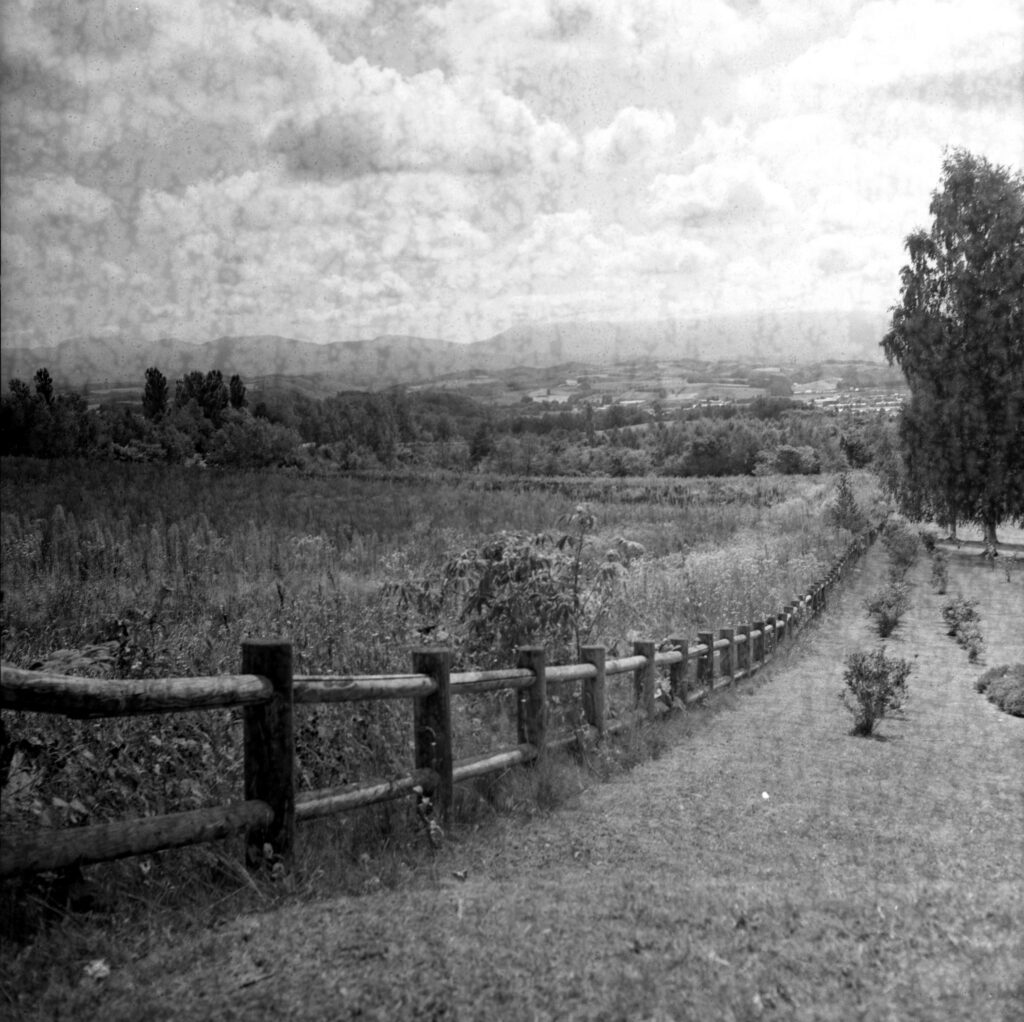
The Blunders
I won’t show all the errors.
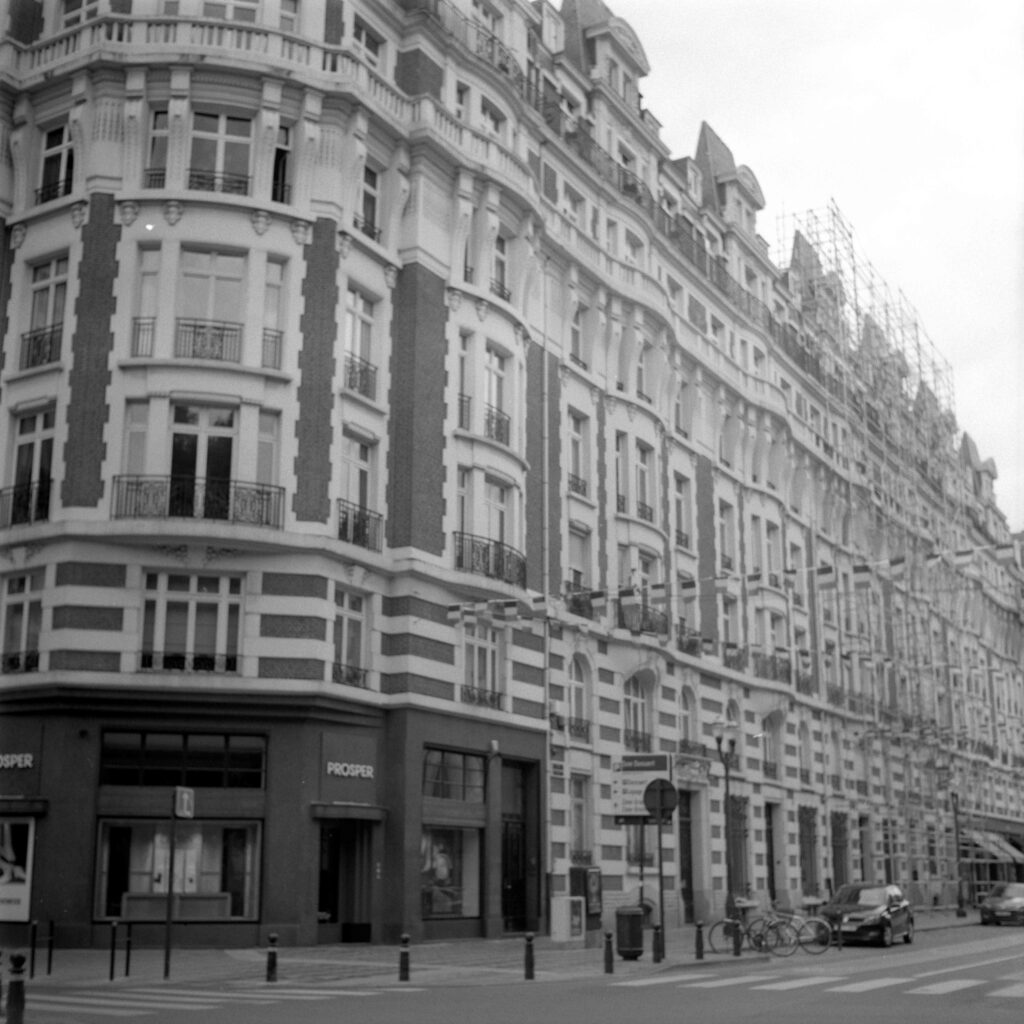
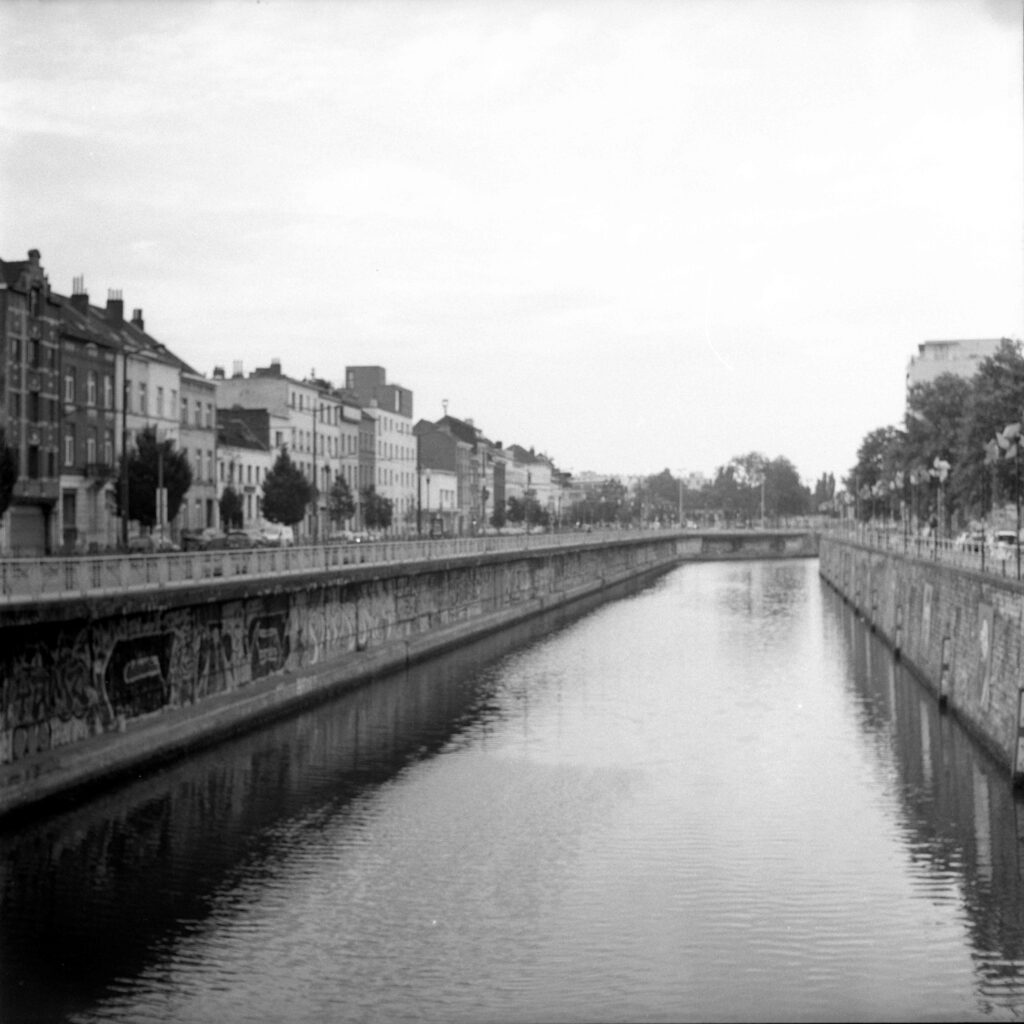
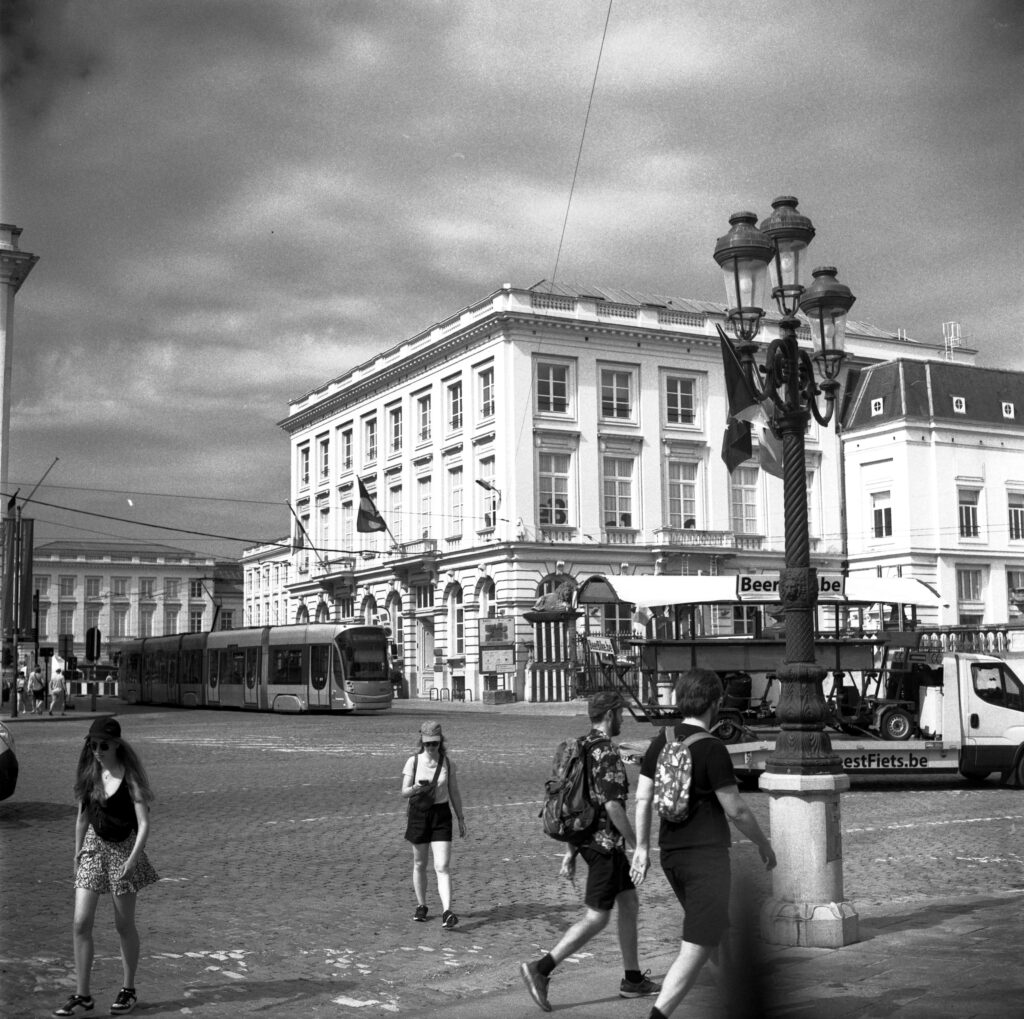
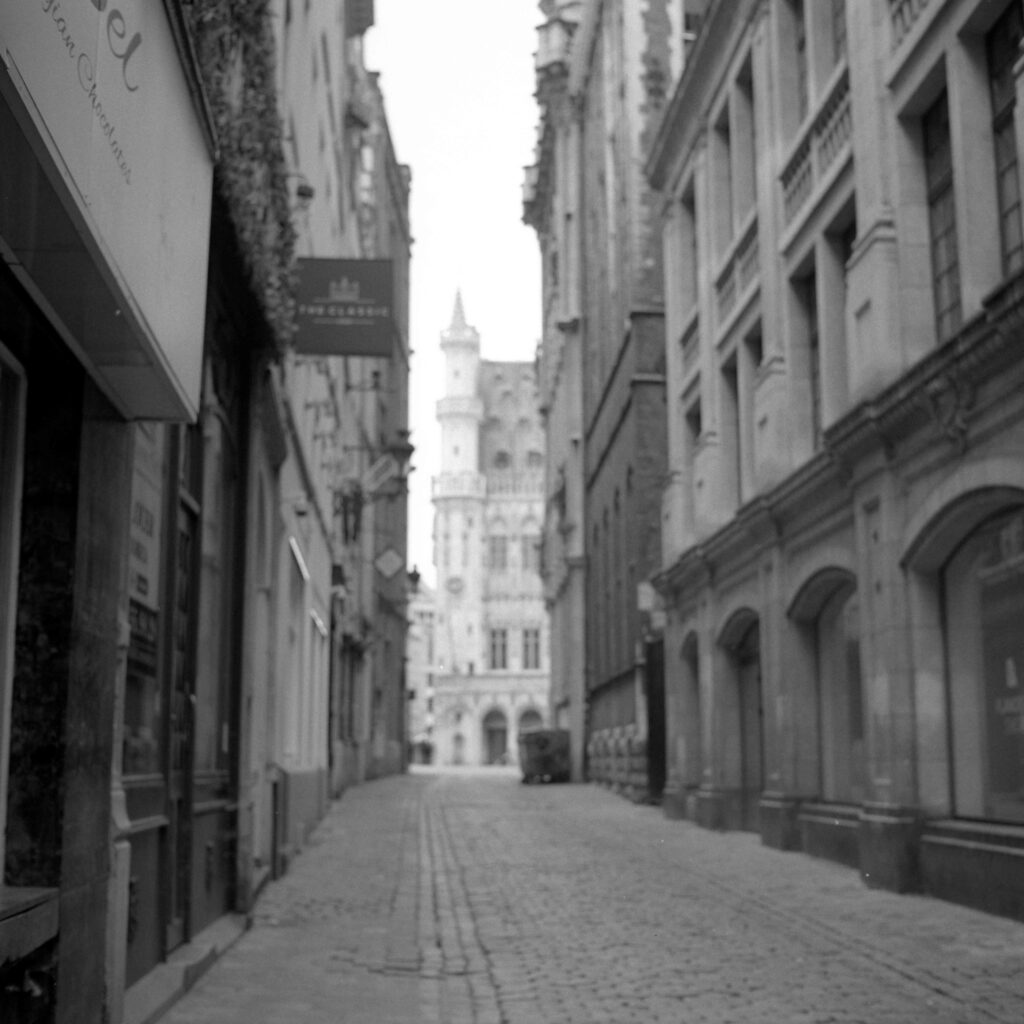


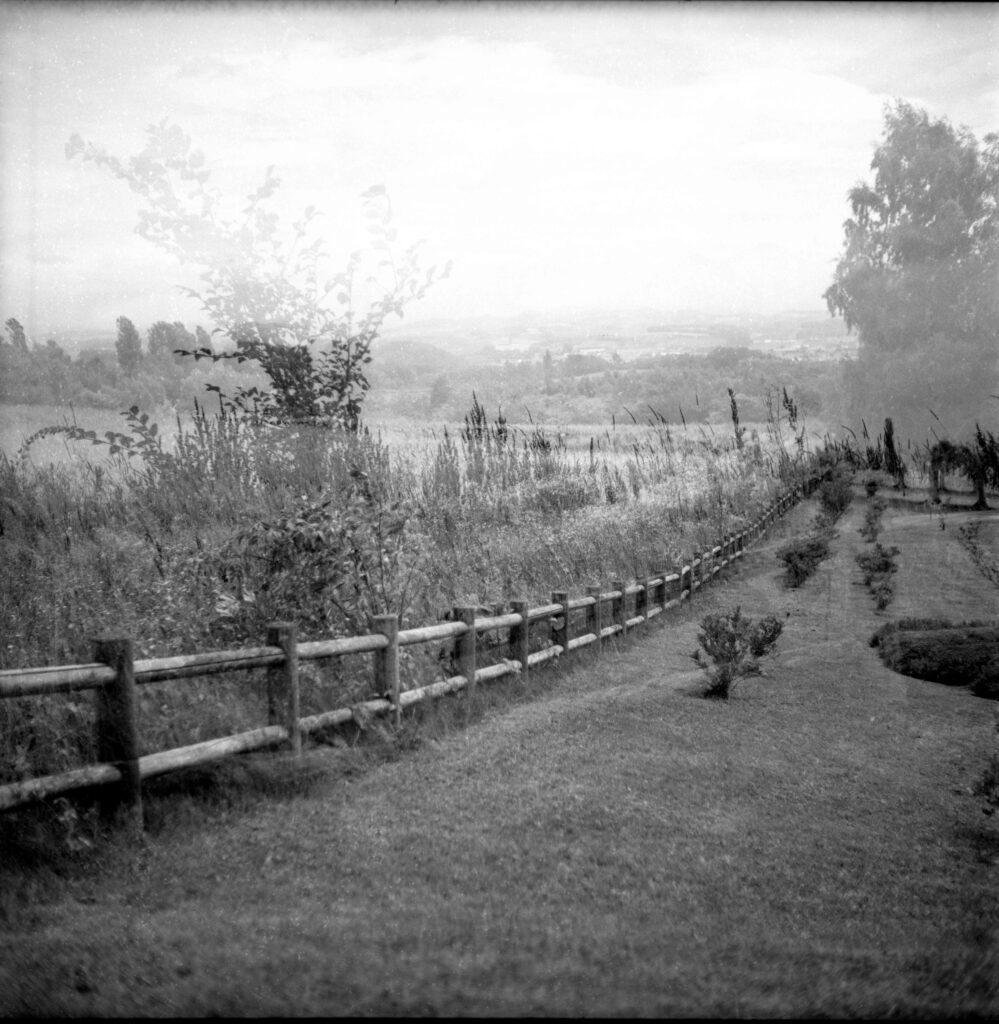
Going forward in order to help re-learn composition for square format I decided to set myself two main themes.
1. Put the subject in the centre or find a symmetrical composition
2. Take minimalist compositions
I’ll mix these themes with ‘freestyle’ composition when an appropriate image for one of the themes isn’t available.
Share this post:
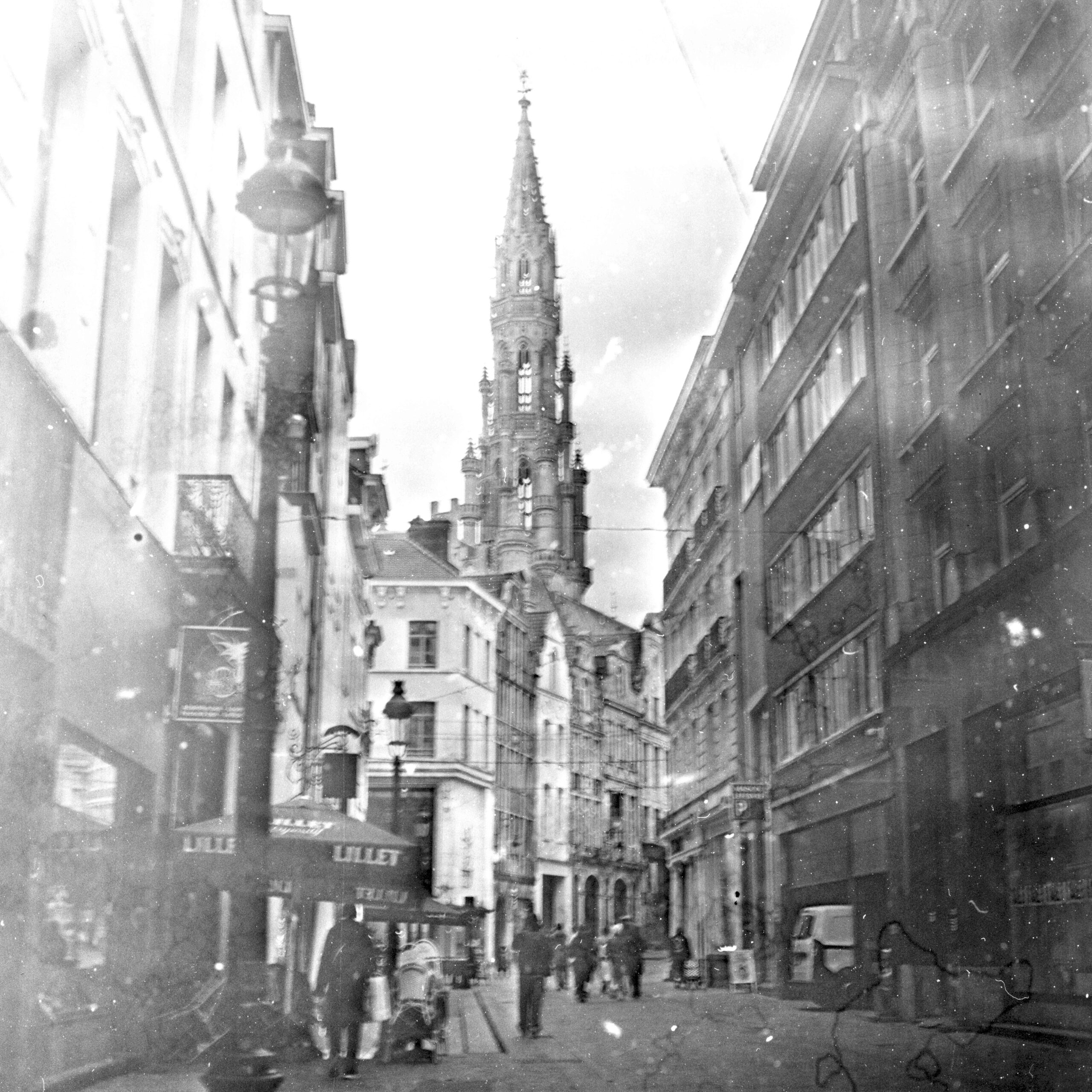

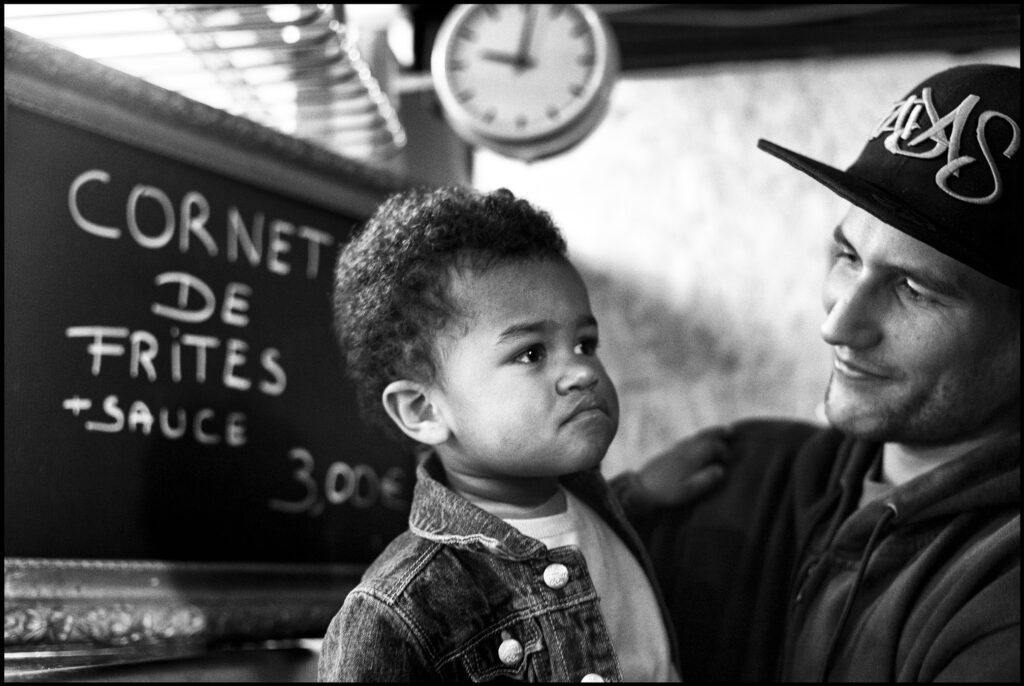
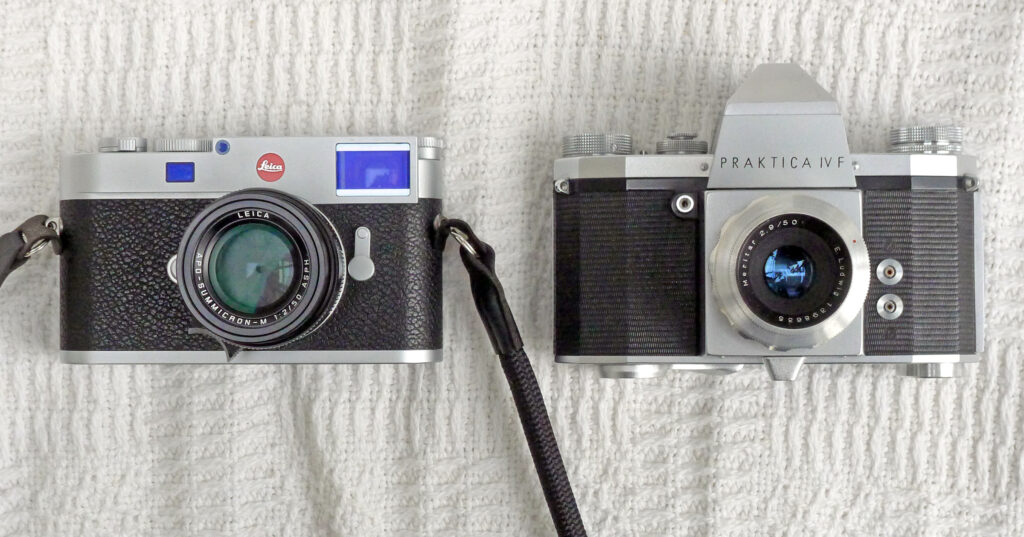
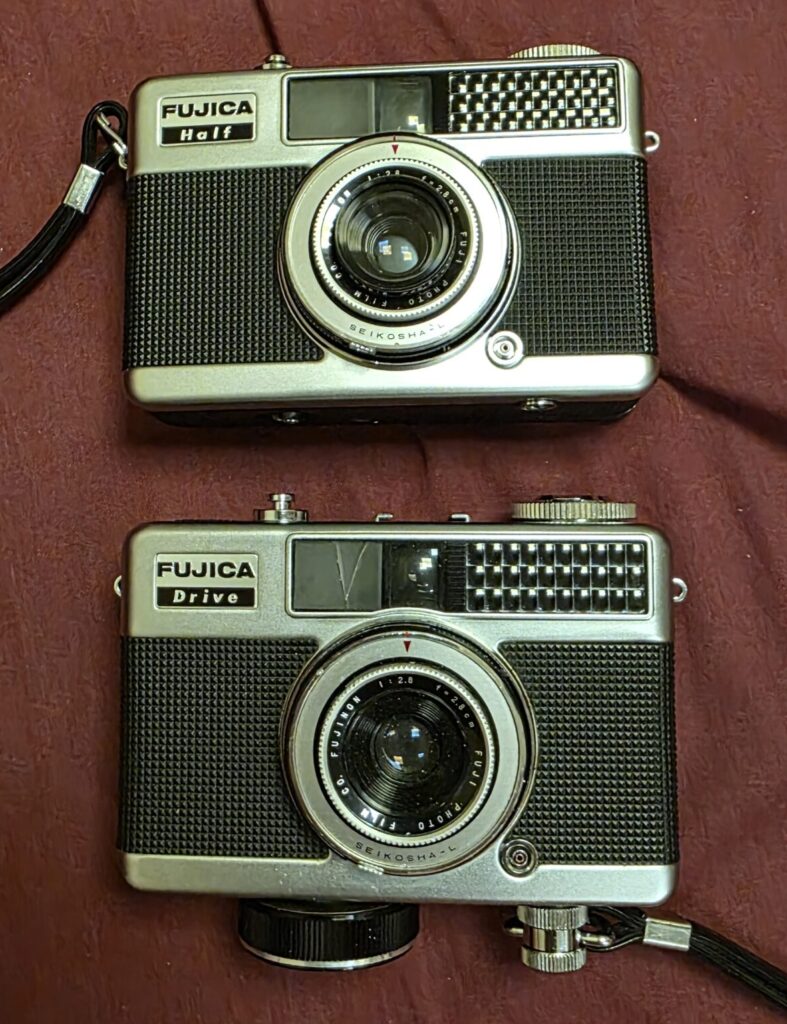




Comments
Timothy Hancock on TLR Challenge: 1 – User Errors
Comment posted: 02/10/2024
Comment posted: 02/10/2024
Comment posted: 02/10/2024
Comment posted: 02/10/2024
Andrew on TLR Challenge: 1 – User Errors
Comment posted: 02/10/2024
Comment posted: 02/10/2024
Comment posted: 02/10/2024
Comment posted: 02/10/2024
Ken Rowin on TLR Challenge: 1 – User Errors
Comment posted: 02/10/2024
Comment posted: 02/10/2024
Gary Smith on TLR Challenge: 1 – User Errors
Comment posted: 02/10/2024
Comment posted: 02/10/2024
Jeffery Luhn on TLR Challenge: 1 – User Errors
Comment posted: 02/10/2024
Your narrative is funny! I think parts of it could have been used on a Seinfeld episode.
I plan to participate in your TLR challenge. I still haven't taken my newly acquired Rolleicord in for repair, but I've taken my Mamiya C33 out twice since you posted your challenge, so I just need to print some images.
Your camera fumbling; It mirrors my recent experience with an Intrepid 4x5 camera I bought a few months ago. So many things are conspiring against me: Pinholes in the bellows, bad lens ordered on eBay, inability to maintain focus while loading film holders, ad nauseum. It begs the question: Why do we seek obstacles in life?
Comment posted: 02/10/2024
Philip Boreham on TLR Challenge: 1 – User Errors
Comment posted: 02/10/2024
Comment posted: 02/10/2024
Paul Quellin on TLR Challenge: 1 – User Errors
Comment posted: 02/10/2024
The Mamiya has a setting for double exposures, great, but I have also gone the other way, forgetting the intention and winding on when the multiple exposure was set. The ability to change lenses on the Mamiya, I suppose sets it apart, but they came up with an odd labelling protocol. I have been okay with this until the most recent roll, when I got about 4 barely usable shots, the rest were wiped out by light. I had a moment after a lens change when I thought something wasn't right, but told myself I must have taken the lock off again at some point. I had changed the lens on that occasion with nothing between the two front gaping holes and the film. Parallax is the thing that catches me out most. I have a Mamiya paramender; I keep the tripod plate on that so I can't forget it... then I simply forget to turn the rise lever before pressing the cable release and there goes another close up of the lower half of a flower. Be interesting to hear how you are getting on with parallax if you have done any closer shots.
Comment posted: 02/10/2024
Jeremy on TLR Challenge: 1 – User Errors
Comment posted: 03/10/2024
Comment posted: 03/10/2024
Tony Warren on TLR Challenge: 1 – User Errors
Comment posted: 03/10/2024
Comment posted: 03/10/2024
Louis A. Sousa on TLR Challenge: 1 – User Errors
Comment posted: 05/10/2024
Comment posted: 05/10/2024